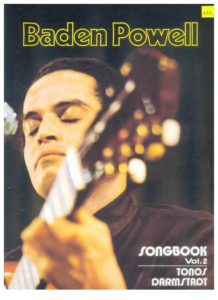


Then I started learning chords in between those on the neck and just started filling in the blanks. I started with those and when I got into my first jazz group, that’s pretty much what I relied on. This would definitely include things like substitutions and approach chords, maybe some chords played supporting the melody, etc.ģ) When I started playing jazz, I was initially fascinated with the chords, and a friend recommended the old Mickey Baker Book “How to Play Jazz Guitar” which had lots of basic 6th and 5th string root chords. I’ve on occasion transcribed a chord melody, but rarely played it after I learned it as I’m much more interested in working out my own personal arrangements.Ģ) While I don’t exactly “transcribe” another players comping, I’ll often grab some specific things if I hear something that I like. The same process is true for piano except that you often won’t be able to grab the exact voicing as the piano player (since they can voice notes much closer whereas on guitar we usually need to spread them out a bit). If you’ve got the right note on top and can hear what colors are really in the chord for guitar, it’s pretty simple. For me this means mostly paying attention to the top note of the chord voicing and what colors are in the chord (this is especially true for dominant 7th chords since there are so many variations 9, 11, 13, 7(b5), 9(#11), 13(b9), 7(#5#9), etc.). I usually practice tunes, and in that context there are a number of things I might do with regards to chords:ġ) I usually listen to several versions of a tune and start making note of what voicings are being used under the melody. I don’t exactly practice chords or chord voicings per se.


 0 kommentar(er)
0 kommentar(er)
